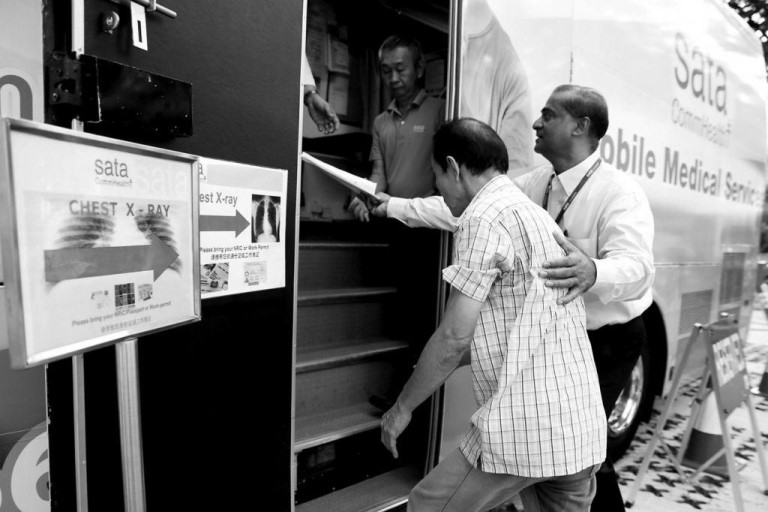Tuberculosis (TB) is one of the top 10 leading causes of death worldwide and remains an epidemic in most countries, including Singapore.
To commemorate World TB Day on 24 March, Associate Professor Hsu Li Yang, Programme Leader (Infectious Diseases), and Dr Loh Kah Seng, Director of Chronicles Research & Education, shared about the current state of TB in Singapore, as well as what more can be done to eradicate the disease.
Among residents and long-staying foreigners in Singapore, the rate of new TB cases had fallen from 307 per 100,000 residents in 1958 (the first year of mandatory TB notification) to a low of 35 per 100,000 residents in 2007, only to subsequently rise and hover around 40 per 100,000 residents since. Although this figure is a fraction of TB incidence in neighbouring Southeast Asian countries, the continued stagnation is a cause of concern.
The current TB control programme is based on the World Health Organization-endorsed strategy of directly-observed therapy to boost cure rates for TB at affordable costs. The comprehensive programme ensures there is sustained political and financial commitment to TB control, availability of resources and medications for diagnosis and treatment of TB, as well as standardised recording and reporting of cases and treatment outcomes.
Still, there is potential to bring down TB rates even further with advances in diagnostic technology and the development of new anti-tuberculosis drugs and vaccines. There is also room to improve in terms of addressing the stigma associated with the disease.
Read on:
